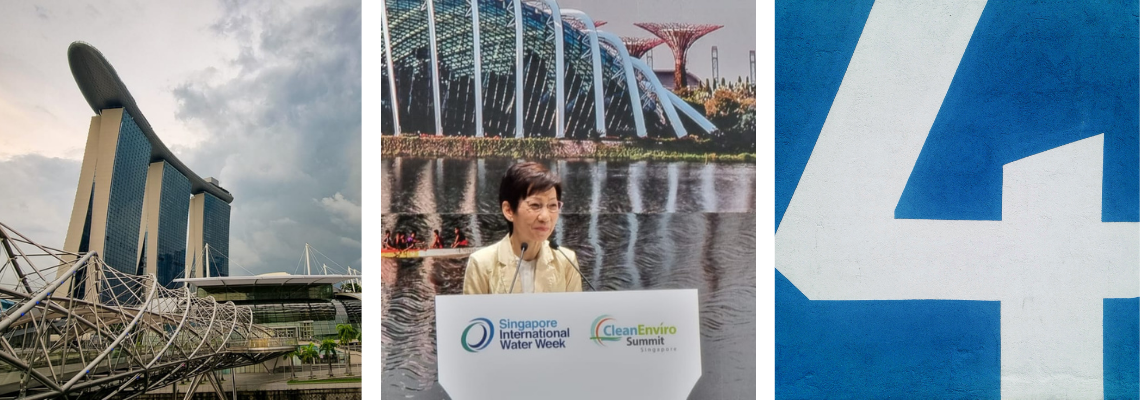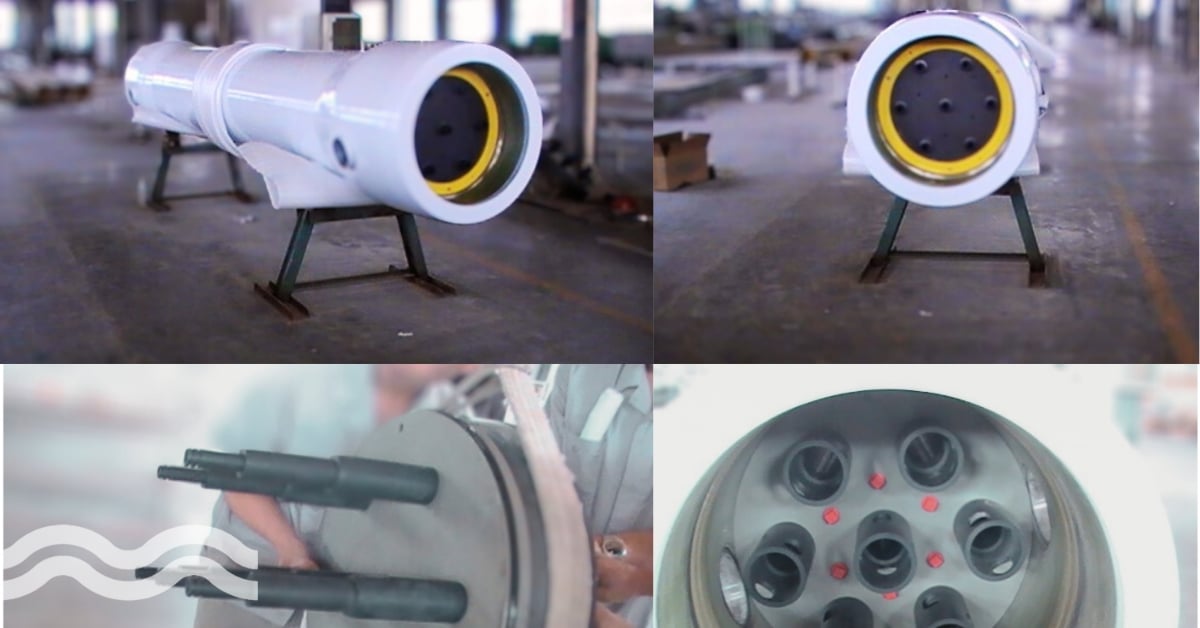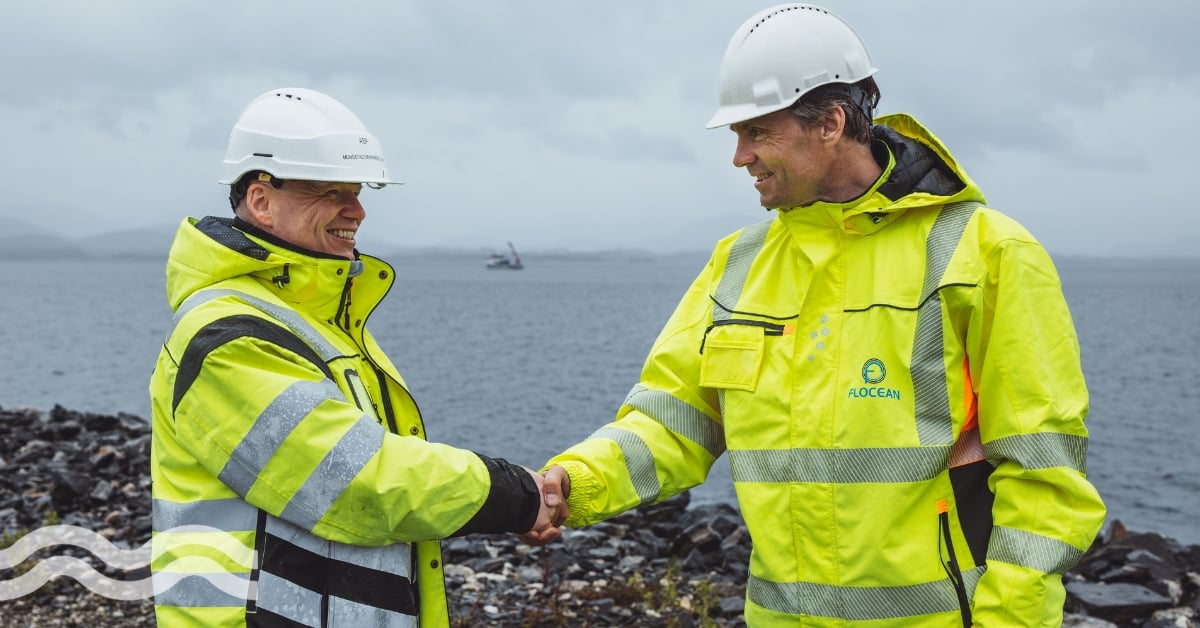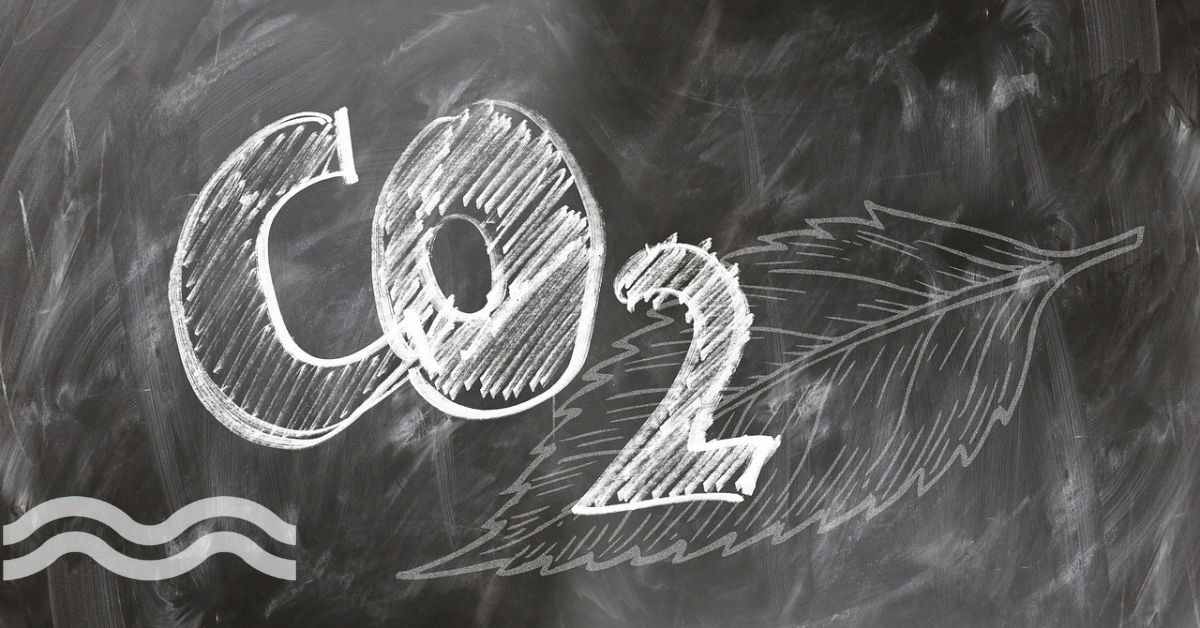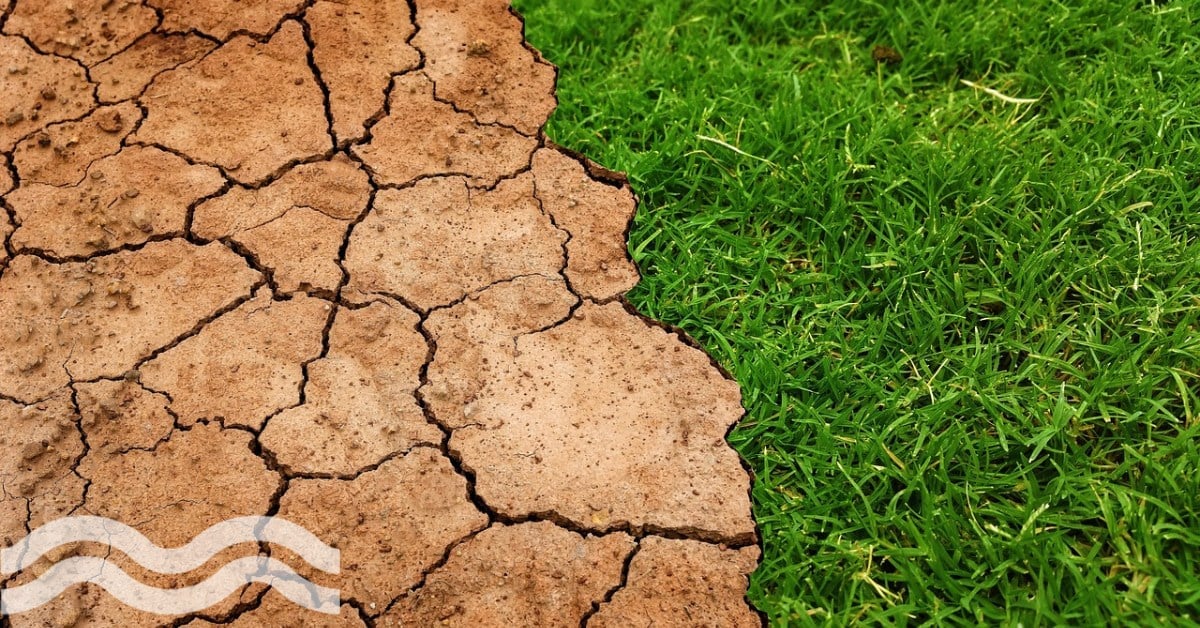4 developments to watch in Singapore
From a desalination research centre to new coastal protection responsibility, we picked out four developments from SIWW.
Climate change-driven urgency
After a pandemic-related hiatus, the Singapore International Water Week (SIWW) in-person event was once again back in full swing.
With more than 15,000 attendees, including many from overseas, a high-quality international crowd gathered at the iconic Marina Bay to discuss the future of the water industry.
One thing was immediately clear: the urgency needed to deal with climate change.
Grace Fu, Minister for sustainability and the environment, kickstarted the event with a call to action.
“Climate change is a looming global challenge that threatens the existence of humanity,” she said in the opening remarks.
“We don’t have a lot of time left…there’s an urgent need for collective action.”
As expected, several big announcements were made during the week. We’ve brought together four insights below.
Utilities going beyond water and wastewater
It’s not enough for water utilities to solely be seen as providers of water and wastewater services. Climate change has changed the game.
In Singapore, the national utility, PUB, is now mandated for coastal protection. It is now known as the national water (and coastal protection) agency and is working on long-term plans and partners to shore up its defences.
“Protecting our coastlines is critical for Singapore, as we sit on a low-lying island, susceptible to sea-level rise,” said Minister Fu.
PUB is in the process of conducting detailed site-specific studies to assess the impact of sea-level rise and guide the development of coastal protection strategies. During the week, Surbana Jurong Consultants were appointed to undertake the study for Singapore’s northwest coast section, a 24km stretch of coastline.
Measures will be developed to help protect four coastal reservoirs from seawater inundation to protect them against sea-level rise. A request for proposal was launched, seeking innovative “emerging sensor technologies, such as satellite imagery and radar, for the collection and analysis of coastal and inland flood datasets”.
A stark reality check and the importance of districts
During his keynote address, Dr Patrick Moriaty, chief executive of think tank IRC, gave a stark wakeup call and clearly articulated in words what a lot of the water sector is currently feeling.
At the current rate, by 2030 at least 80 countries will have failed to provide water and sanitation, as part of the Sustainable Development Goals (SDGs). While it’s well known that we will need to quadruple our efforts to get there, he attributed the lack of progress to two reasons:
- Apathy – not enough (of the right) people care enough about water. Ministers, decision-makers and even royalty don’t see water as a priority.
- “Systems blindness”: the global water community is “hopefully fragmented” and there is a lack of care from organisations beyond their own remits.
The hope, Dr Moriaty believes, lies in districts. Utilities are responsible for clients; districts are responsible for all citizens and can help breakthrough the apathy and fragmentation.
He referenced a case study in Karabole, Uganda where a master plan, coupled with a three-way investment partnership, helped with the “utilisation” and increased water coverage in the region.
Teamwork makes the dream work: co-locating food waste and water treatment
The water-energy-food nexus is often referenced but perhaps not in regard to when it comes to waste.
Singapore is betting on harnessing the synergies of the-water-energy-waste nexus with the construction of an integrated waste management facility and a water reclamation plant.
Part of the Singapore Green Plan’s vision of a circular economy and Zero Waste Nation, Tuas Nexus is expected to become fully operational by 2032. During an event ceremony, a time capsule was sealed to commemorate the construction.
The Minister referenced how the project would take advantage of green bonds.
“The Singapore Government aims to issue up to S$35 billion of green bonds by 2030 to fund green infrastructure projects such as the Tuas Nexus, Singapore’s first integrated waste and water treatment facility,” she said.
Driving down desal’s energy
At least two major announcements were made on desalination in Singapore during the week.
The first involves PUB’s Desalination Integrated Validation Plant, due to the commissioned in 2023. The ambition is to trial “promising technologies” to reduce the energy consumption of desalination to less than 2 kWh/m3 (kilowatt-hours per cubic metre of water).
Secondly, the nation’s fifth desalination plant was opened on Jurong Island, which the minister called a “weather-resilient source”. Co-located with Tuas Power’s Tembusu Multi-Utilities Complex (TMUC), it has allowed the seawater intake and outfall structures to be shared.
As a result, according to PUB, it means the desalination plant is 5 per cent more energy-efficient, compared to traditional plants.
Constructed under the Design, Build, Own and Operate (DBOO) model, the plant will be operated by TP-STM Water Resources Pte – the Joint Venture company formed by the Tuas Power-ST Engineering consortium – for a 25-year period. Spanning over 3.7 hectares.
The opening follows the previous four desalination projects in Singapore, including the Singspring (2005), Tuas South (2013), Tuas (2018) and Marina East (2020) plants.
Related content
- Singapore invests into resource circularity - Aquatech
- VIDEO: Ceramic membranes go XL in Singapore - Aquatech
- Who is kazuo yamamoto? MBR king takes Singapore prize
Share your water technology stories with us
Do you have an innovation, research results or an other interesting topic you would like to share with the international water technology industry? The Aquatech website and social media channels are a great platform to showcase your stories!
Please contact our Sr Brand Marketing Manager Annelie Koomen.
Are you an Aquatech exhibitor?
Make sure you add your latest press releases to your Company Profile in the Exhibitor Portal for free exposure.
We promise never to send you spam and you can unsubscribe at any time!
